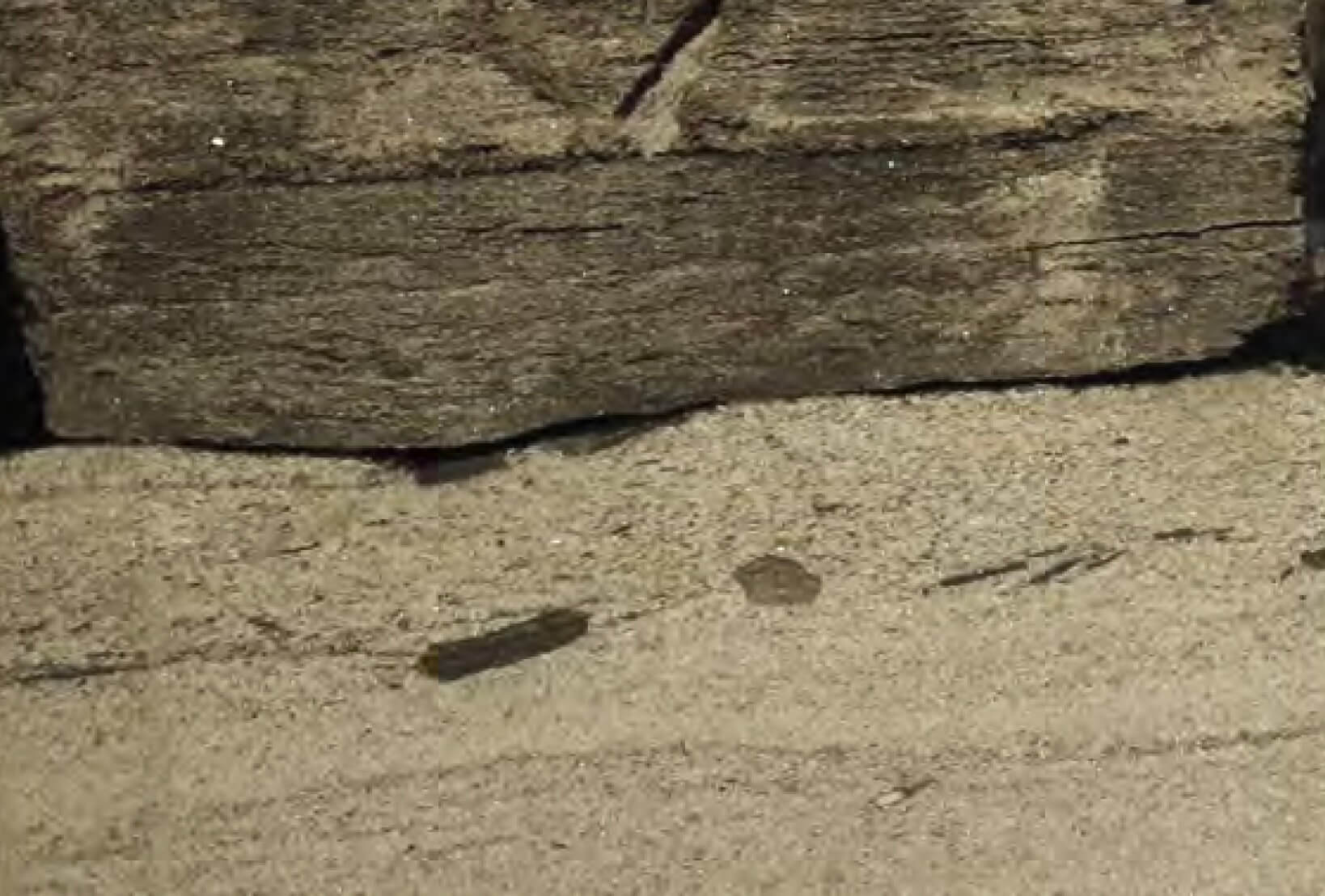
How to Cite
Share
Abstract
The fully cored Blokelv-1 borehole was drilled through Upper Jurassic strata in the central part of the Jameson Land Basin, central East Greenland. The borehole reached a total depth of 233.8 m with nearly 100% recovery of high-quality core. An extensive analytical programme was undertaken on the core; sedimentological interpretation and reservoir characterisation were based on facies analysis combined with conventional core analysis, bulk geochemistry and spectral gamma and density scanning of the core. The Upper Jurassic Hareelv Formation was deposited in relatively deep water in a slope-to-basin setting where background sedimentation was dominated by suspension settling of organic-rich mud in oxygen-depleted conditions. Low- and high-density gravity-flow sandstone interbeds occur throughout the cored succession. About two-thirds of the high-density turbidite sandstones were remobilised and injected into the surrounding mud-rock. The resulting succession comprises nearly equal amounts of mudstones and sandstones in geometrically complex bodies. Ankerite cementation occurs in 37% of the analysed sandstones in varying amounts from minor to pervasive. Such ankerite-cemented sandstones can be identified by their bulk geochemistry where Ca > 2 wt%, Mg > 1 wt% and C > 1 wt%. The analysed mudstones are rich in Al, Fe, Ti and P and poor in Ca, Mg, Na and Mn. The trace-metal content shows a general increase in the upper part of the core reflecting progressive oxygen depletion at the sea floor. The reservoir properties of the Blokelv-1 sandstones were evaluated by both conventional core analysis and using log-derived porosity and permeability curves. The high-density turbidite beds and injectite bodies are a few centimetres to several metres thick and show large variations in porosity and permeability, in the range of 6–26 % for porosity and 0.05–400 mD for permeability. Individual sandstone units that are 1–7 m thick yield a net vertical reservoir thickness of 40 m with porosities of 15–26% and permeabilities of 1–200 mD. Heterolithic sandstone–mudstone units are generally characterised by poor reservoir quality with porosities of 2–14% and permeabilities of 0.1–0.6 mD.
How to Cite
Share
Copyright (c) 2018 Morten Bjerager, Claus Kjøller, Mette Olivarius, Dan Olsen, Niels H. Schovsbo

This work is licensed under a Creative Commons Attribution 4.0 International License.
Downloads
Editors: Jon R. Ineson and Jørgen A. Bojesen-Koefoed
The exposed Jurassic succession in East and North-East Greenland has long been presented as an analogue for equivalent deeply buried strata on the Norwegian conjugate shelf and offshore North-East Greenland. In particular, the Upper Jurassic marine mudstone succession is often ascribed source-rock potential as [...]









